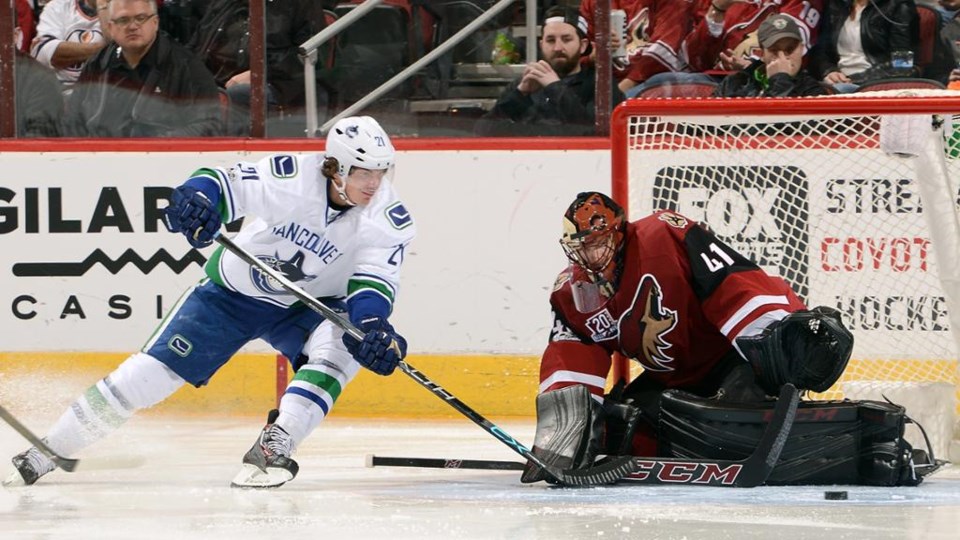I have a lot of sympathy for the Vancouver Canucks’ marketing team. They’ve been handed one of the worst teams in franchise history: a team that can’t score, can’t defend, can’t win, and can’t seem to decide if they’re going to play the kids or not.
They’re doing the best they can with what they have. Really, they’re trying really, really hard. You might say they don’t plan half a marketing campaign.
The gist of their marketing has essentially been, “Yes, we know the Canucks are bad, but like our marketing team, they try really hard.” Then they struck the first 75% of that sentence and were left with, “They try really hard.”
They’ve done their best to connect trying really hard with living on the west coast — shots of them trying really hard on Second Beach, trying extra hard on the Seawall, and trying super duper hard on the Grouse Grind — hoping the fans watching hockey games from their couch will think to themselves, “Yeah, living on the west coast is about waking up early, climbing mountains, pushing yourself past your limits, and competing hard on the ice! WE ARE ALL CANUCKS!”
Their latest promotional video riffs on the idea that the Canucks don’t do half-measures. They’re not out there half-assing it; for the Canucks, it’s the whole ass or nothing.
“We don’t climb half a mountain. We don’t run half a trail. We don’t skate half a shift. We don’t play half a game.”
It might be the oddest game of the entire season. In late January, the Canucks faced the Arizona Coyotes in their final game before the All-Star Break. The team was flying high, posting a 9-2-3 record in their last 14 games. They had just fired 41 shots on goal in a 3-2 win over the Colorado Avalanche, including 20 shots in the first period alone.
Meanwhile, the Coyotes were one of the worst teams in the league, giving the Canucks a great chance at entering the All-Star Break in playoff position. A win would keep the Canucks ahead of the Calgary Flames and St. Louis Blues for the top wildcard spot in the Western Conference.
Of note, the Coyotes at the time were dead last in the NHL in shots allowed per game. Even on the second night of back-to-backs, the Canucks were in prime position to pepper Mike Smith with shots.
Instead, they went over 28 minutes without a single shot on goal.
No shots in the first period. None. And when their first shot finally came in the second period, it wasn’t a shot at all: it was a clearing attempt on the penalty kill by Alex Burrows that just happened to slide on net, forcing a “save” by Smith.
It can’t be emphasized enough: the Coyotes give up a ton of shots. They give up over 34 shots per game. And the Canucks couldn’t get a shot on goal for over 28 minutes, which is, it turns out, a modern NHL record. It’s the longest any team has gone without a shot to start a game since 2003, when they started tracking it.
So, basically, they only played half a game.
Shockingly, the score was still 0-0 by the time they got their first shot; if the Canucks only played half a game, the Coyotes barely played more than that. They could have saved everyone time and just played the latter 30 minutes of the game with the same result.
The Canucks finished the game with 19 shots — one fewer than they had in just the first period of their previous game. In the end, they couldn’t beat a well-rested Smith, who stopped all 19 shots on goal for his first shutout of the season.



